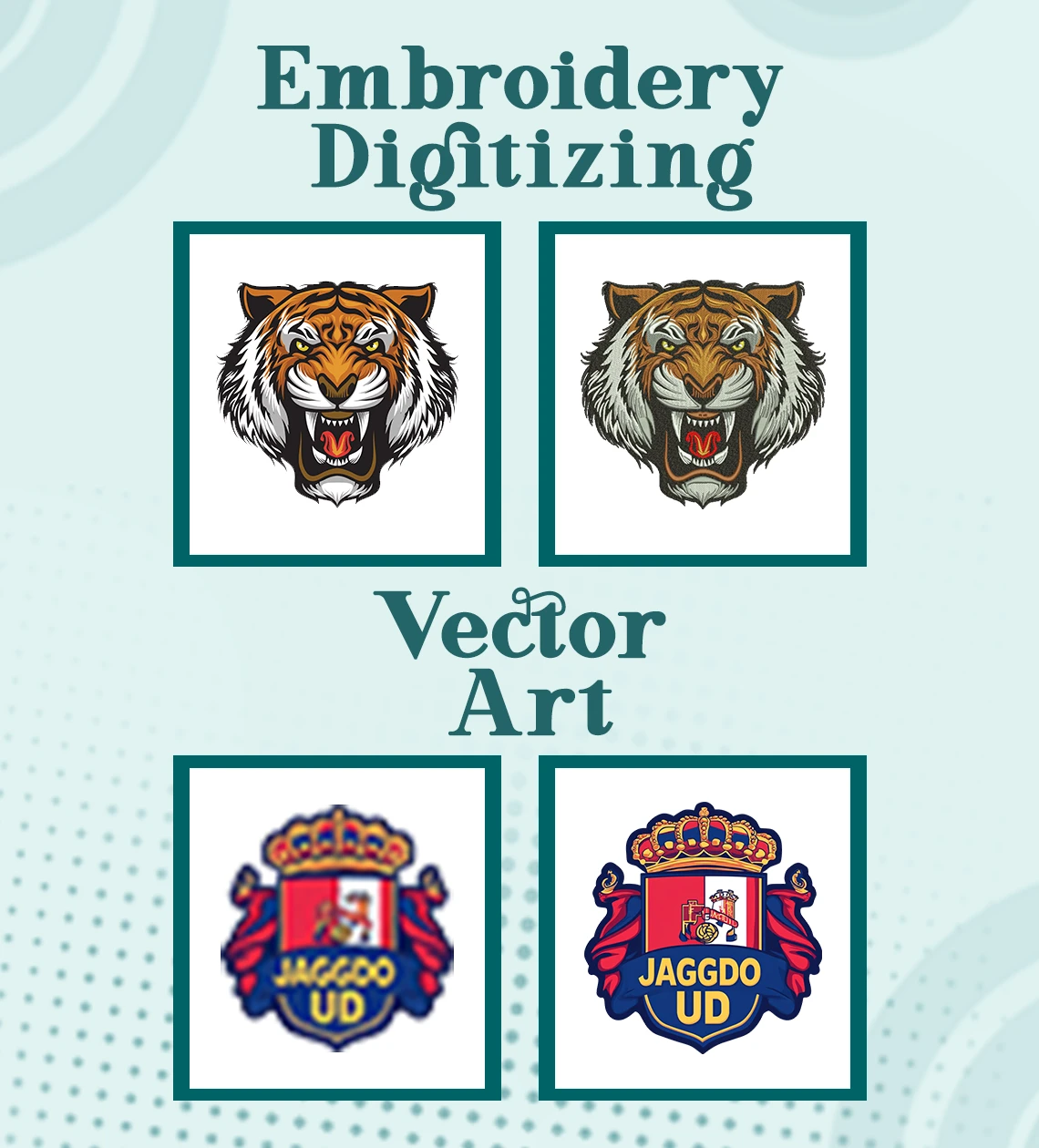
The sewing machine needle chart is based on different needle types, sizes, and purposes in one simple reference, making it easier to choose the right needle for any project. With so many needle options available, a chart can save time and avoid mistakes, helping you avoid common issues like skipped stitches or fabric damage.
Using the correct needle size and type enhances your stitching quality and protects your fabrics. Let’s list down needle sizes, and types, and which ones to choose for specific materials and projects.
Needle sizes generally range from 60/8 to 120/19, with the first number indicating the European size and the second, the American size. Smaller needles, like 60/8, work best with lightweight fabrics, while larger needles, like 100/16, are designed for heavier materials.
Here's a quick list down:
60/8 to 70/10: Thin, lightweight fabrics (e.g., silk, chiffon).
80/12 to 90/14: Medium-weight fabrics (e.g., cotton, linen).
100/16 to 120/19: Heavyweight fabrics (e.g., denim, canvas).
Understanding these sizes ensures that the needle matches the fabric, providing the best stitch quality and reducing wear on both the needle and fabric.
If you want to know how to improve embroidery digitizing quality, click here.
Choosing the right sewing machine needle depends on fabric type, thread type, and project requirements.
Fabric type: Different fabrics have unique textures and densities.
Thread type: Some needles are specialized for delicate or heavy threads.
Project requirements: Quilting, embroidery, and general sewing often use specific needles to enhance results.
Consider these elements when choosing a needle, and refer to a needle chart as a quick guide.
Are you looking for the best machine embroidery tools? Click here.
Every sewing needle includes these essential parts:
Shank: The top of the needle, fits into the machine.
Shaft: Main body, varying in thickness to match fabric types.
Eye: The hole where the thread passes through, is important for smooth stitching.
Point: The needle tip, passes through the fabric.
Understanding every part helps in identifying the correct needle for different tasks.
Do you know how many types of embroidery stitches? Click here.
At True Digitizing, we offer quick turnaround times, guaranteed quality, and the option to preview your design before making a payment. We ensure you get exactly what you need. We are committed to delivering the best results every time. What are you waiting for? Contact True Digitizing today and experience the difference in quality and service.

Here’s a closer look at popular sewing needle types, including their sizes, features, and best uses:
Sizes: 70/10 to 100/16
Features: Slightly rounded point, versatile
Fabric Use: Suitable for most woven and knit fabrics.
Sizes: 70/10 to 90/14
Features: Rounded point, designed to avoid snags
Fabric Use: Best for knits and stretchy fabrics.
Sizes: 75/11 to 90/14
Features: Specially designed for stretchy materials, reduces skipped stitches.
Fabric Use: Good for spandex, Lycra, and elastic fabrics.
Sizes: 90/14 to 110/18
Features: Strong, sharp point for thick fabrics
Fabric Use: Perfect for denim, canvas, and other heavy fabrics.
Sizes: 80/12 to 90/14
Features: Larger eye for delicate metallic threads
Fabric Use: Suited for metallic and specialty threads.
Sizes: 75/11 to 90/14
Features: Tapered point to handle multiple layers
Fabric Use: Designed for quilting cotton and similar fabrics.
Sizes: 75/11 to 90/14
Features: Larger eye for specialty threads
Fabric Use: Best for machine embroidery on light to medium fabrics.
Sizes: 80/12 to 100/16
Features: Sharp point with a larger eye, smooth stitching
Fabric Use: Suitable for topstitching, and decorative stitches.
Sizes: 80/12 to 110/18
Features: Chisel point to penetrate leather without tearing
Fabric Use: Best for leather, vinyl, and non-woven fabrics.
Sizes: 75/11 to 90/14
Features: Coated for durability with metallic threads
Fabric Use: Specialty embroidery on delicate fabrics.
Sizes: Varies
Features: Winged needle, creates openwork in fabric
Fabric Use: Suitable for heirloom stitching.
Sizes: Varies
Features: Two eyes for dual threads, creating decorative effects
Fabric Use: Best for unique decorative stitching.
Referencing a needle chart can help you match needle type and size to your fabric. Heavier fabrics like denim need stronger, thicker needles (90/14 or higher), while lighter fabrics like silk use smaller sizes (60/8 or 70/10).
The needle’s size is generally etched on the shank, helping you to identify it quickly. When in doubt, check out the needle chart for guidance.
For convenience, many sewers keep a printable needle guide nearby as a reference for needle types and sizes. This quick guide simplifies the process of choosing the right needle without guesswork.
Hand-sewing needles follow a different sizing system. These needles come in various types (like embroidery, beading, and quilting needles) and are often chosen based on the fabric's density and the thread's weight.
Nick William has been immersed in the world of embroidery digitizing for over 20 years, earning 25 industry awards throughout his career. As a 3rd generation embroidery expert, Nick’s journey started in his family’s workshop, where he learned the art of digitizing before the rise of modern software. He has worked with leading commercial embroidery businesses and has shared his expertise with over 75,000 home and professional embroiderers. As an author at True Digitizing, Nick is passionate about teaching others how to create beautiful, precise designs through easy-to-follow tutorials and expert advice.
Categories

How To Create A Vector File: Step-by-Step Guide
15-04-2025

What Is A Vector File? Everything You Need To Know
14-04-2025

Best Janome Embroidery Machines You Need to Check Out in 2025
11-04-2025

Custom Embroidery Digitized Designs For Hoodie Lovers
10-04-2025

Best Embroidery Patches For Your Clothes
10-04-2025

Professional Online Photo Digitizing Services Provided by True Digitizing
09-04-2025

Best Babylock Embroidery Machines For You
09-04-2025

Barudan Embroidery Machines: From Beginners to Professionals
04-04-2025

Custom Sweatshirt Embroidery Digitized Designs By True Digitizing
03-04-2025

Why Brother Embroidery Machines are the Best Choice for Embroiderers?
27-03-2025